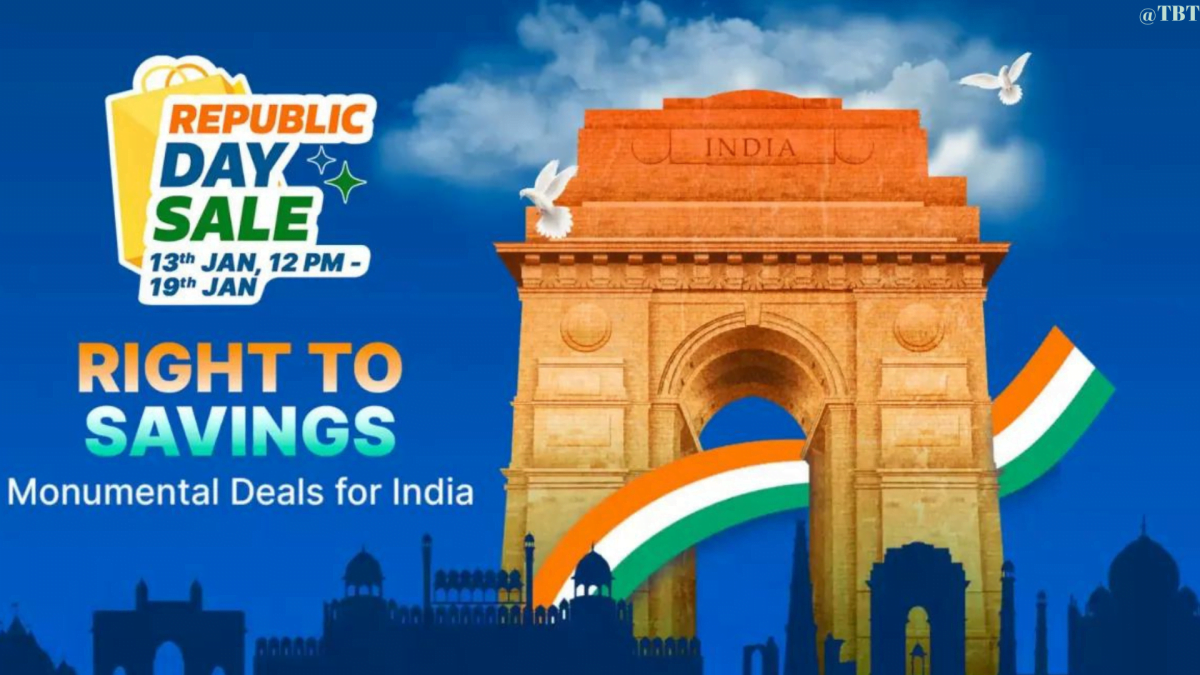The FMCG (fast-moving consumer goods) sector in India, a beacon of resilience during economic turbulence, is facing a reality check in the ongoing third quarter. Leading manufacturers are bracing for low to mid-single-digit volume growth, indicating a slowdown compared to the past few quarters. While urban demand remains steady, the rural market continues to lag, casting a shadow over the overall picture.
Muted Growth: A Sign of the Times:
Companies like Dabur, Marico, and Godrej Consumer Products are painting a cautious picture for Q3. They anticipate volume growth hovering between 2% and 5%, a significant drop from the double-digit figures witnessed in previous quarters. This moderation signals a confluence of factors, including Rising prices of raw materials and transportation costs have squeezed margins for manufacturers, forcing them to pass on some of the burden to consumers. This, coupled with inflationary pressures on household budgets, has led to a dampening of demand, particularly in price-sensitive rural markets. The festive season, usually a boon for FMCG sales, was marred by supply chain disruptions and logistical challenges. This hampered product availability in some regions, further impacting growth. The rural economy, a crucial driver for FMCG sales, continues to struggle. Factors like lower agricultural income and reduced government spending have curtailed purchasing power in rural areas, leading to sluggish demand for FMCG products.
Urban Pockets of Hope
Despite the overall slowdown, there are pockets of optimism within the sector. Urban markets, driven by rising disposable incomes and increasing premiumization trends, are expected to fare better. Categories like personal care, health and wellness, and premium food products are likely to see sustained demand, offering a silver lining for manufacturers.
To navigate these challenging times, FMCG giants are adopting a multi-pronged approach:
Cost Optimization
Manufacturers are focusing on streamlining operations and optimizing supply chains to mitigate the impact of rising costs. This includes adopting automation, leveraging digital solutions, and exploring alternative sourcing options.
Rural Focus
Companies are recognizing the need to revive rural demand. This involves offering affordable products, tailoring product portfolios to local preferences, and strengthening rural distribution networks.
The key for FMCG players lies in adapting to the changing market dynamics, focusing on cost optimization, premiumization, and rural outreach. By addressing these challenges and capitalizing on the inherent potential of the Indian market, FMCG giants can weather the current slowdown and emerge stronger in the years to come. While the immediate future may paint a picture of subdued growth, the resilience and adaptability of the FMCG sector promise a brighter future. By understanding the challenges and embracing strategic shifts, these companies can continue to play a crucial role in fueling the Indian economy and providing essential goods to millions of consumers across the country.









